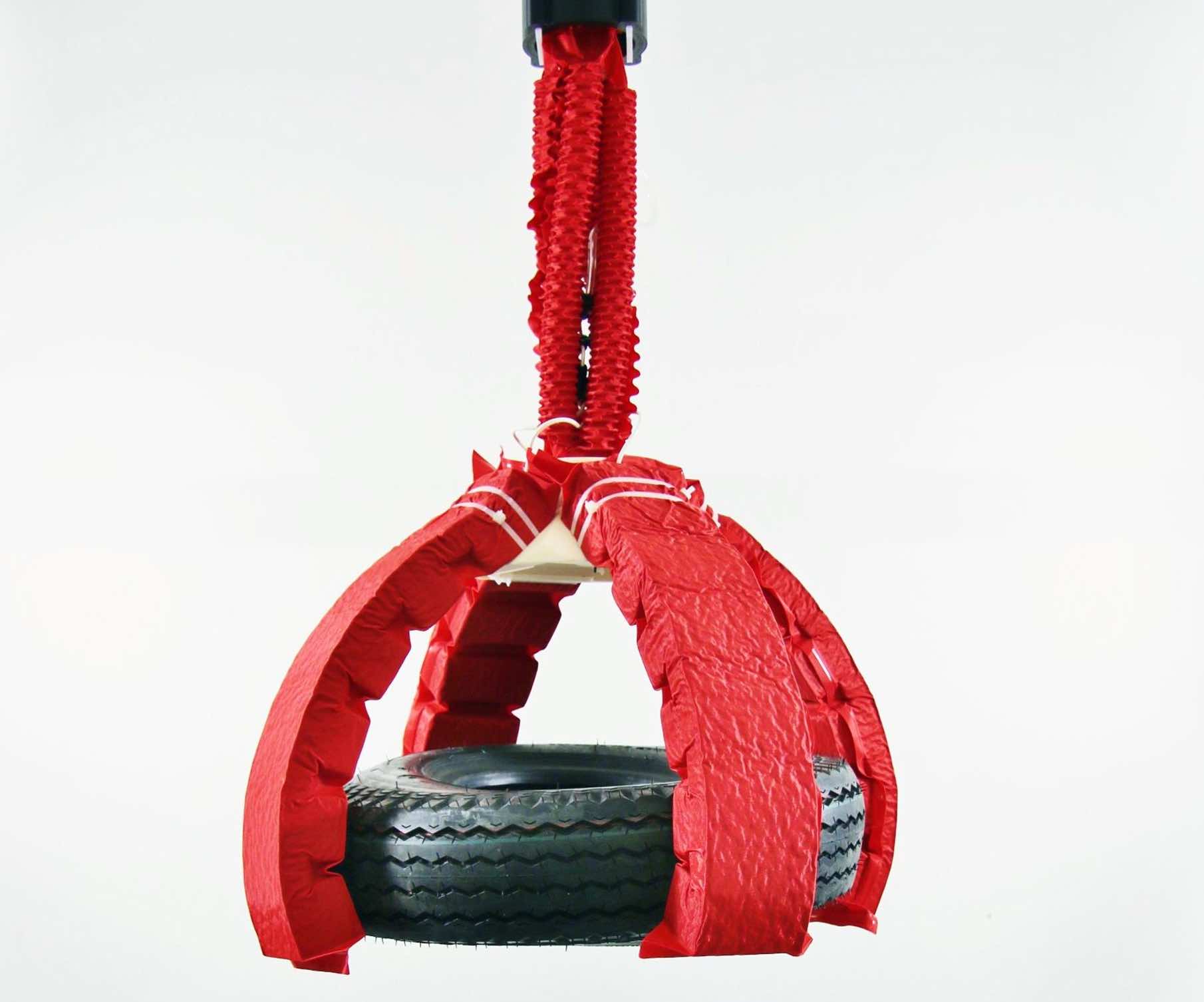
Scientists have developed origami-inspired artificial muscles that could allow soft robots to lift objects up to 1,000 times their own weight.
Soft robotics – a field of robotics devoted to compliant devices which mimic living organisms – is considered to hold promise in a range of fields. However, as there is an inherent trade-off between compliant materials and strength, current applications tend to be limited to lightweight applications such as fruit picking.
The new technology, developed by a group from MIT’s Computer Science and Artificial Intelligence Laboratory (CSAIL) and Harvard’s Wyss Institute, promises to endow soft robots with added strength that could see them used in applications ranging from minimally invasive surgery to deep-sea research.
According to a study published in Proceedings of the National Academy of Sciences (PNAS) each artificial muscle consists of an inner “skeleton” surrounded by air or fluid and sealed inside a bag of “skin,” both of which can be made from a variety of materials.
A vacuum applied to the inside of the bag initiates the muscle’s movement by causing the skin to collapse onto the skeleton, creating tension that drives the motion. The muscle’s movement is determined entirely by the shape and composition of the skeleton.
“One of the key aspects of these muscles is that they’re programmable, in the sense that designing how the skeleton folds defines how the whole structure moves. You essentially get that motion for free, without the need for a control system,” said postdoc Shuguang Li, who worked on the project.
This allows the muscles to be very compact and simple, and thus more appropriate for mobile or body-mounted systems that cannot accommodate large or heavy machinery.
During tests, the team constructed dozens of muscles using materials ranging from metal springs to sheets of plastic, and experimented with different skeleton shapes to create muscles that can contract down to 10 per cent of their original size, lift a flower off the ground, and twist into a coil, all simply by sucking the air out of them. In one case, a 2.6g muscle was used to lift a 3kg object.
“We were very surprised by how strong the muscles were,” said CSAIL director Daniela Rus. “We expected they’d have a higher maximum functional weight than ordinary soft robots, but we didn’t expect a thousand-fold increase. It’s like giving these robots superpowers,”.
The very next thing I would like to build with these muscles is an elephant robot with a trunk
The actuators are also said to be highly scalable – ranging from a few millimeters up to a metre, and their performance holds up across the board. The research group claims that this means the muscles could potentially be used in numerous applications at multiple scales: from miniature surgical devices through to large deployable structures for space exploration.
The team was even able to construct the muscles out of the water-soluble polymer PVA, which opens the possibility of robots that could perform tasks in natural settings with minimal environmental impact, as well as ingestible devices that move to the proper place in the body and then dissolve to release a drug.
“The possibilities really are limitless,” said Rus. “But the very next thing I would like to build with these muscles is an elephant robot with a trunk that can manipulate the world in ways that are as flexible and powerful as you see in real elephants.”













